Owling in Trinidad & Tobago
10,000 Birds
APRIL 27, 2022
They are sometimes chased by superstitious resident humans, believing them to be harbingers of doom or even the souls of the departed. It is one of the more commonly seen owls, based on it having a relatively high tolerance for human activity as well as its partially diurnal habits. Ferruginous Pygmy-Owl. I couldn’t believe it.

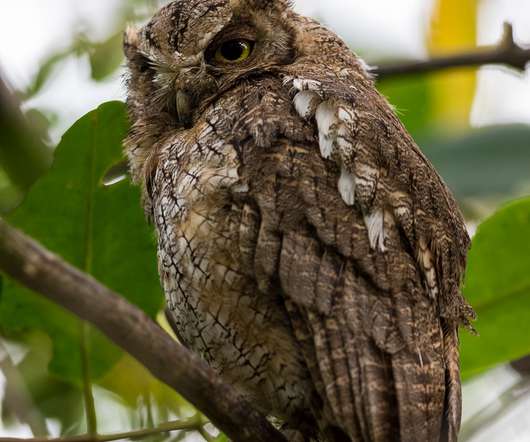
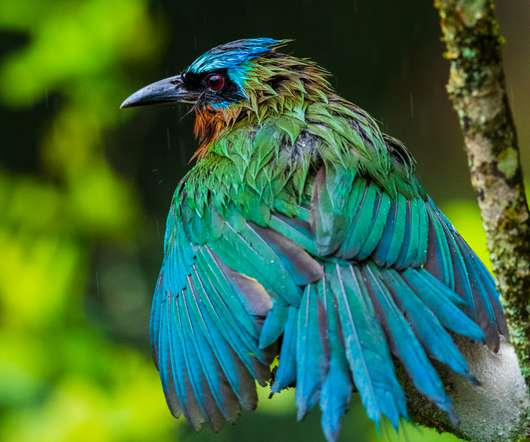
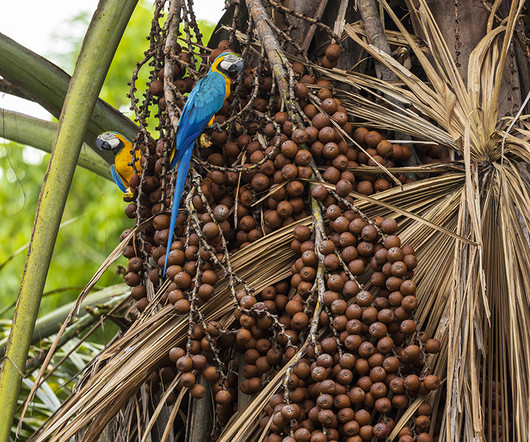
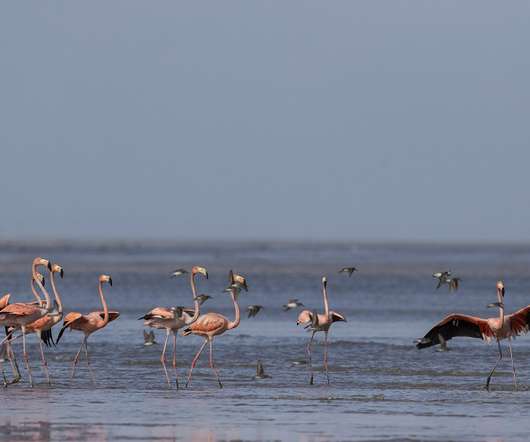
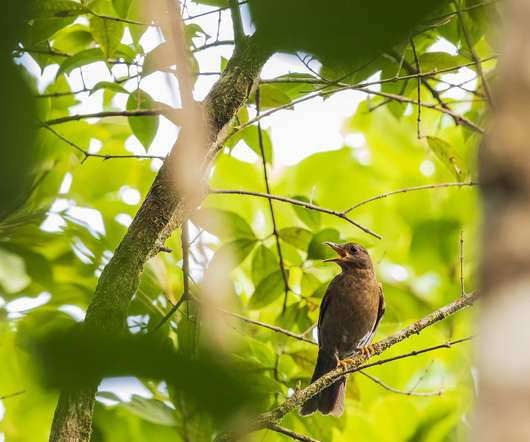
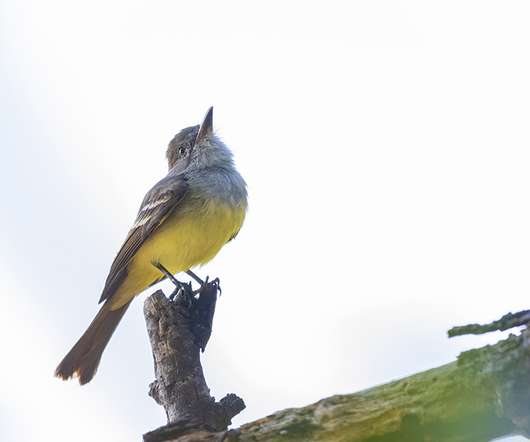
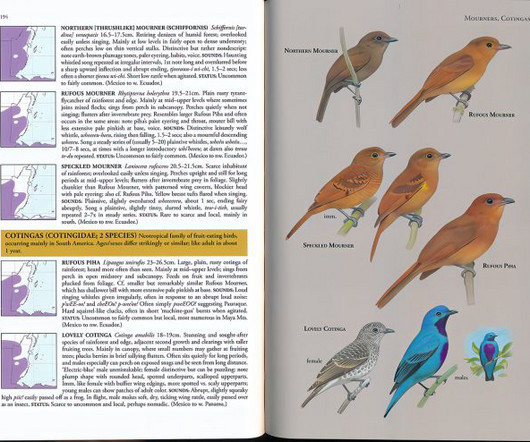

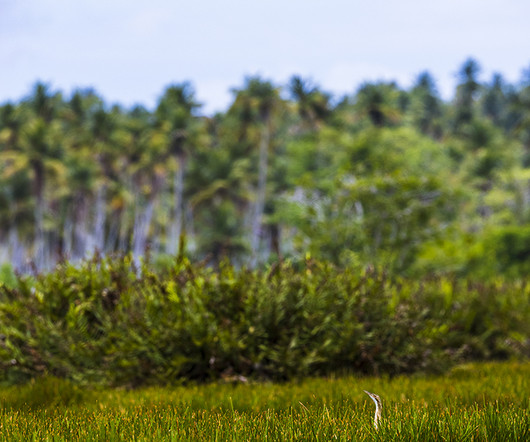
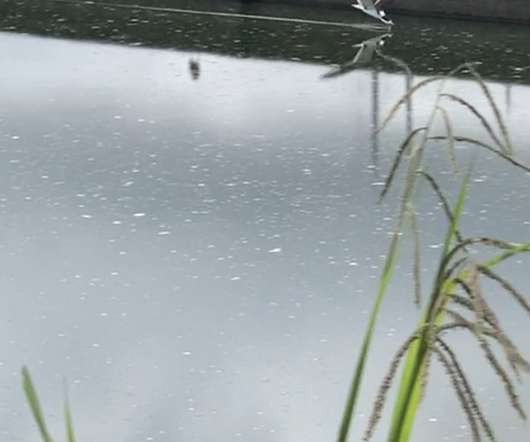






Let's personalize your content